



 Tech & IT
Tech & IT
 Business
Business
 Coding & Developer
Coding & Developer
 Finance & Accounting
Finance & Accounting
 Academics
Academics
 Office Applications
Office Applications
 Art & Design
Art & Design
 Marketing
Marketing
 Health & Wellness
Health & Wellness
 Sounds & Music
Sounds & Music
 Lifestyle
Lifestyle
 Photography
Photography
More Learnfly
Business Solution Become an InstructorObject-Oriented Programming (OOP): Programming paradigm based on the concept of objects, encapsulating data and methods. It promotes code organization, reuse, and modularity, enhancing software design and development by modeling real-world entities and their interactions.
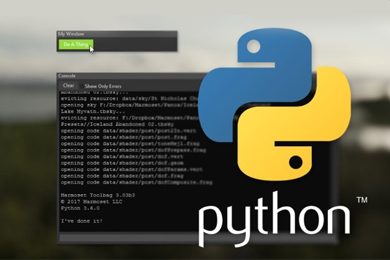
By : Sujith Kumar M A
Learn about classes and objects in Python through some interesting analogies...
4.3 71545
8 lectures All Level
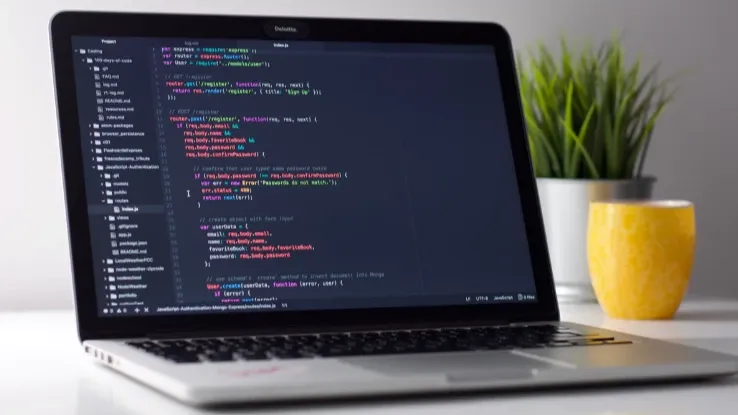
By : Michael McGuire
An easy to learn programming language...
4.3 844
5:35:0 hrs 67 lectures Beginner Level
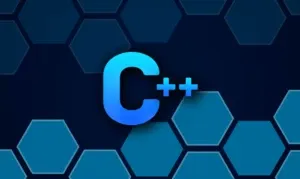
By : Harsh Kajla
Specially designed for people who don't have any knowledge about programming & want t...
4.6 73420
9:21:1 hrs 38 lectures Beginner Level

By : Leon Skinner
An introduction to software engineering and programming fundamentals....
4.9 28384
1:19:59 hrs 26 lectures Beginner Level
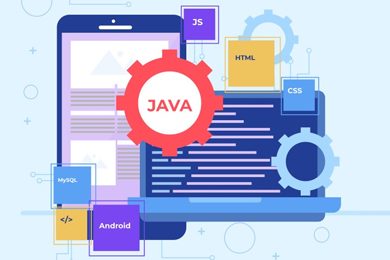
By : Rakesh P
Software Design Patterns with examples and programs in Java...
4.8 93437
2:22:5 hrs 27 lectures Beginner Level

By : Rakesh P
Become a legend in Java programming language...
4.7 87206
6:23:23 hrs 114 lectures Beginner Level
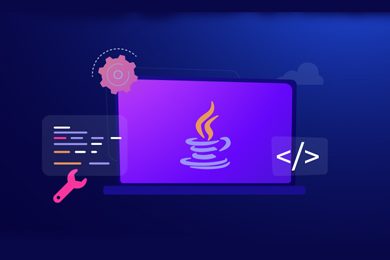
By : Purna Chandra Vidya Sagar Uppuluri
Build the foundations for server side programming, a must learn for back en...
4.3 53165
1:33:56 hrs 11 lectures Beginner Level












Learn more topics in various categories at one place. Explore unlimited courses in other categories and up-skill yourself today.

 Jazeb Akram
Jazeb Akram 4.2 771150 Beginner Level

 John Hedengren
John Hedengren 4.1 569054 All Level

 Ranjan Pandey
Ranjan Pandey 4.1 346720 All Level

 Muhammad Ahsan Pervaiz
Muhammad Ahsan Pervaiz 4.2 101327 All Level

 Pieter Vliegenthart
Pieter Vliegenthart 4.6 100908 All Level

 Jerome P.
Jerome P. 4.8 100870 All Level

 Senol Atac
Senol Atac 4.9 100082 All Level

 Vikas Munjal
Vikas Munjal 4.8 100059 Beginner Level

 Avinash A
Avinash A 4.8 100002 All Level
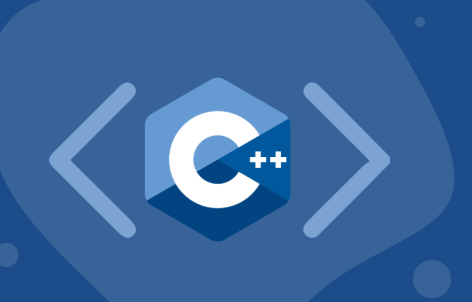
 Arunnachalam RS
Arunnachalam RS17 Lectures Beginner Level
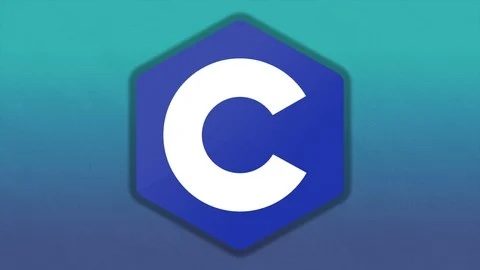
 Arunnachalam RS
Arunnachalam RS17 Lectures Beginner Level
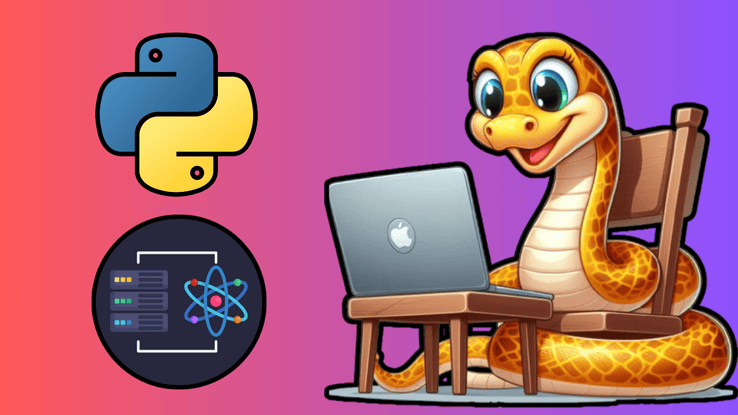
 Arunnachalam RS
Arunnachalam RS56 Lectures Beginner Level
.jpg)
 AKHIL VYDYULA
AKHIL VYDYULA27 Lectures Beginner Level
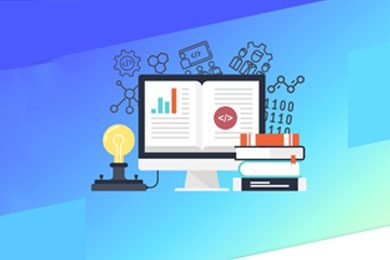
 Prerak Mehta
Prerak Mehta93 Lectures Beginner Level
.jpg)
 Sekhar Metla (Microsoft Certified Professional) Sudha
Sekhar Metla (Microsoft Certified Professional) Sudha77 Lectures Beginner Level
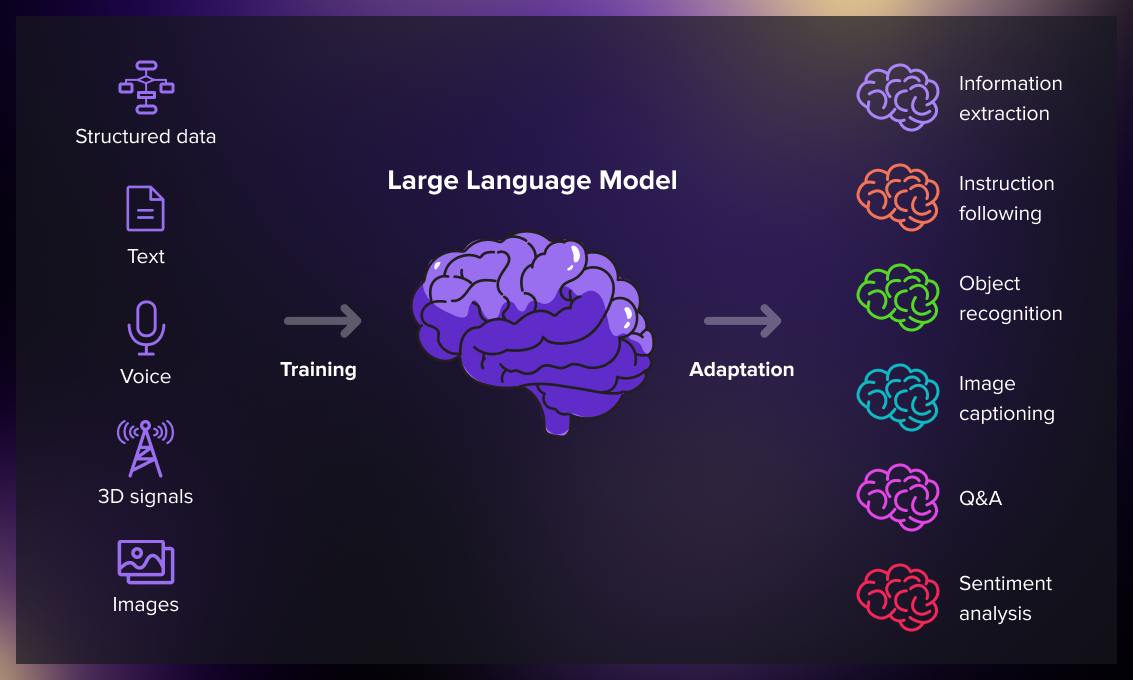
 Daniel Pham
Daniel Pham5 Lectures Beginner Level
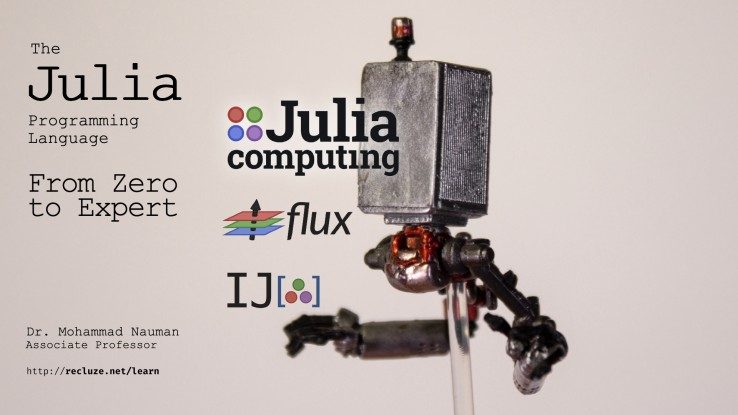
 Dr. Mohammed Nauman
Dr. Mohammed Nauman23 Lectures Beginner Level
.jpg)
 Dr. Mohammed Nauman
Dr. Mohammed Nauman42 Lectures Beginner Level
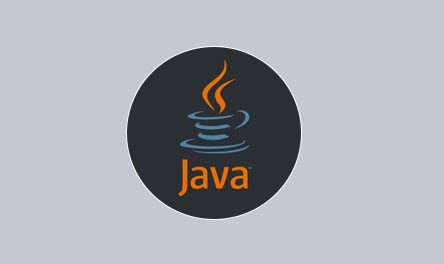
 Suyash Kabra
Suyash Kabra90 Lectures Beginner Level
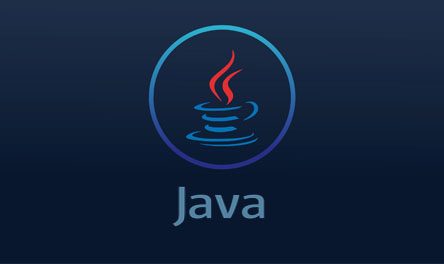
 Sadhu Sreenivasarao
Sadhu Sreenivasarao127 Lectures Beginner Level
.jpg)
 Haris Iftikhar
Haris Iftikhar10 Lectures Beginner Level

 Haris Iftikhar
Haris Iftikhar9 Lectures Beginner Level
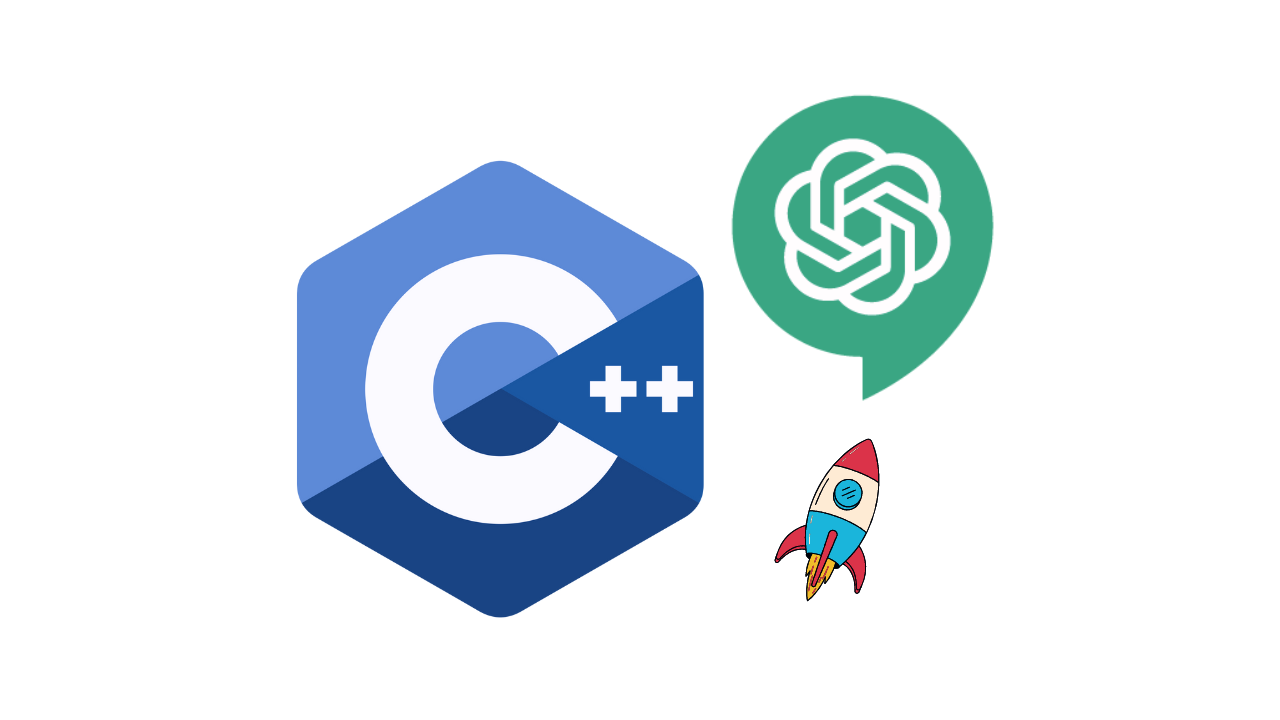
 Sekhar Metla (Microsoft Certified Professional) Sudha
Sekhar Metla (Microsoft Certified Professional) Sudha72 Lectures Beginner Level
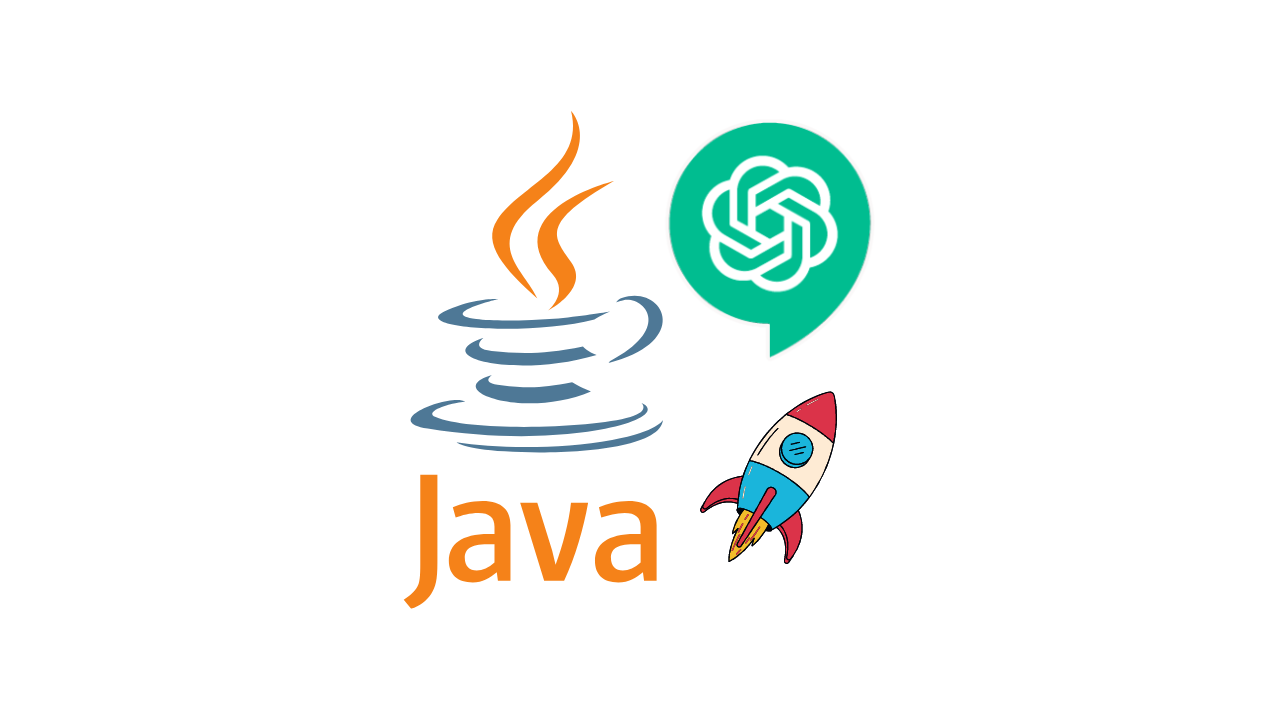
 Sekhar Metla (Microsoft Certified Professional) Sudha
Sekhar Metla (Microsoft Certified Professional) Sudha73 Lectures Beginner Level
.jpg)
 Ashraf Al Madhoun
Ashraf Al Madhoun13 Lectures Beginner Level
.jpg)
 Manas Dasgupta
Manas Dasgupta37 Lectures Beginner Level

 Idan Chen
Idan Chen46 Lectures Beginner Level
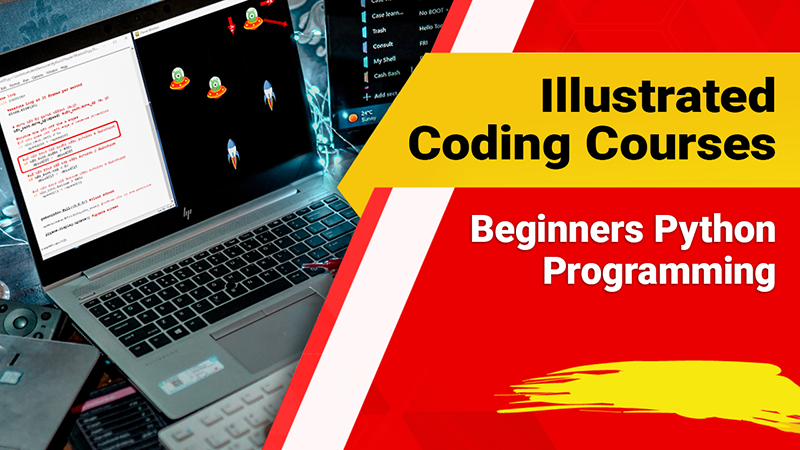
 Anna Clark
Anna Clark35 Lectures Beginner Level
.jpg)
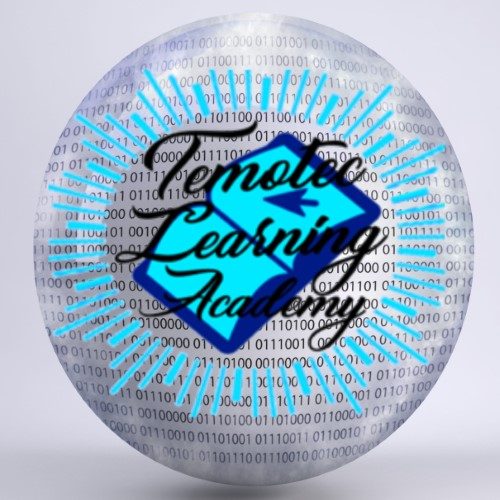 Temotec Learning Academy
Temotec Learning Academy43 Lectures Beginner Level

 Temotec Learning Academy
Temotec Learning Academy32 Lectures Beginner Level

 Temotec Learning Academy
Temotec Learning Academy46 Lectures Beginner Level
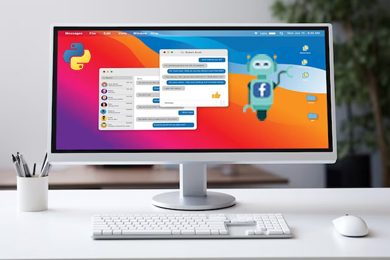
 Temotec Learning Academy
Temotec Learning Academy33 Lectures Beginner Level
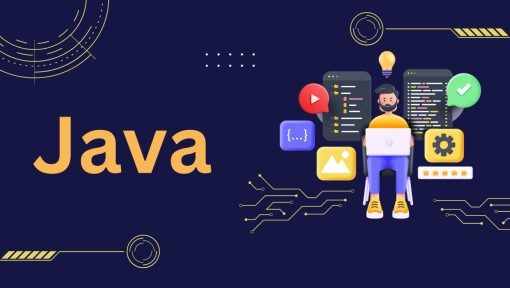
 Sekhar Metla (Microsoft Certified Professional) Sudha
Sekhar Metla (Microsoft Certified Professional) Sudha57 Lectures Beginner Level

 Temotec Learning Academy
Temotec Learning Academy35 Lectures Beginner Level

 Faisal Zamir
Faisal Zamir63 Lectures Beginner Level
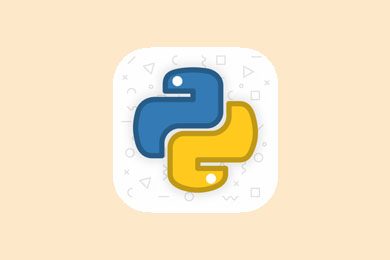
 Faisal Zamir
Faisal Zamir87 Lectures Beginner Level
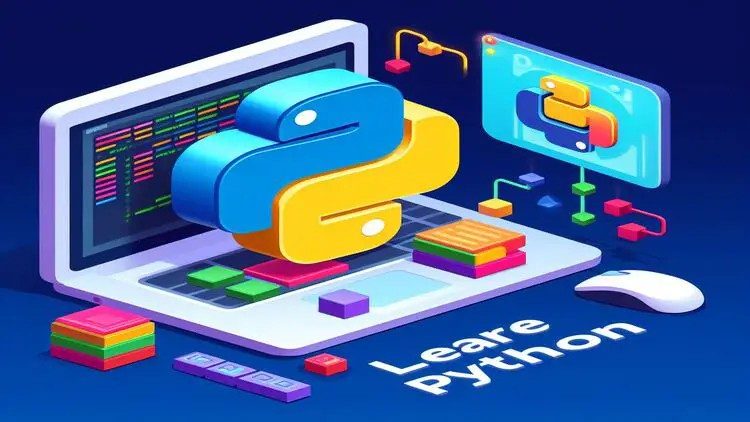
 Temotec Learning Academy
Temotec Learning Academy43 Lectures Beginner Level
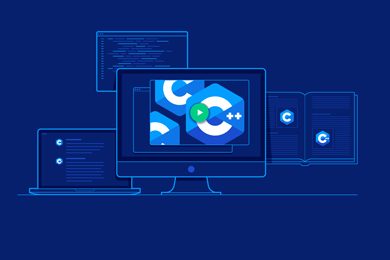
 Ashraf Al Madhoun
Ashraf Al Madhoun44 Lectures Beginner Level
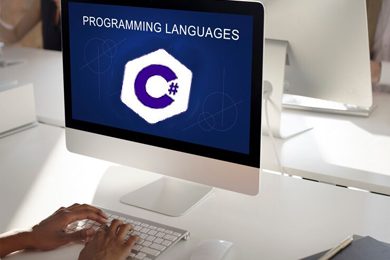
 Ashraf Al Madhoun
Ashraf Al Madhoun17 Lectures Beginner Level
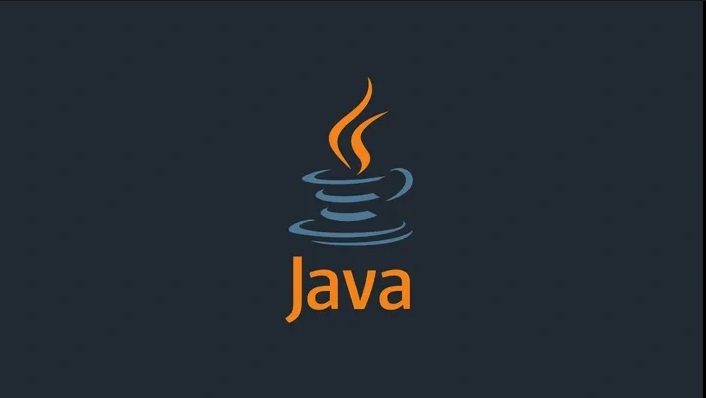
 Sekhar Metla (Microsoft Certified Professional) Sudha
Sekhar Metla (Microsoft Certified Professional) Sudha89 Lectures Beginner Level
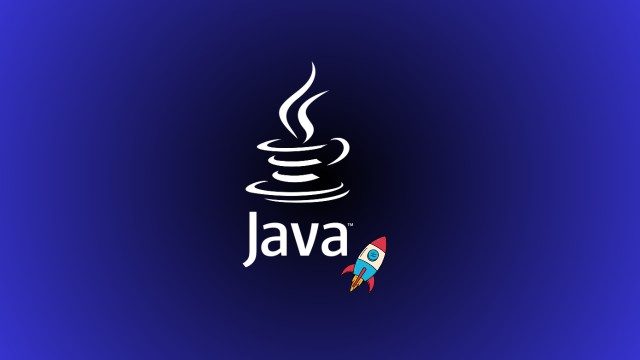
 Sekhar Metla (Microsoft Certified Professional) Sudha
Sekhar Metla (Microsoft Certified Professional) Sudha85 Lectures Beginner Level
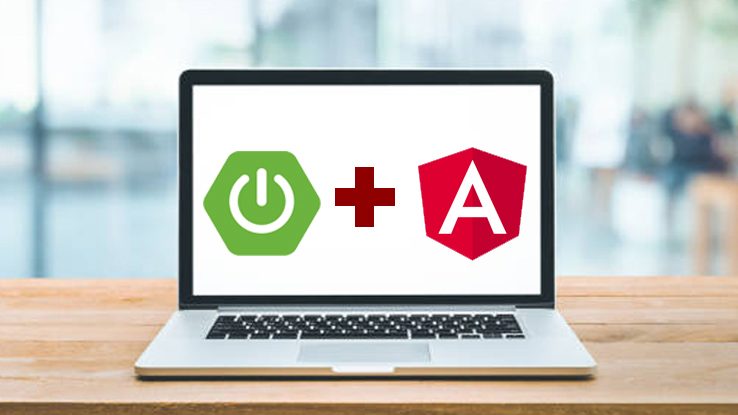
 kobinath ramalingam
kobinath ramalingam62 Lectures Beginner Level

 Zeeshan Ahmad
Zeeshan Ahmad39 Lectures Beginner Level
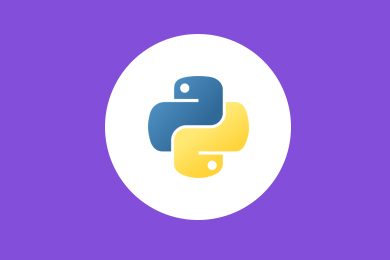
 Faisal Zamir
Faisal Zamir76 Lectures Beginner Level
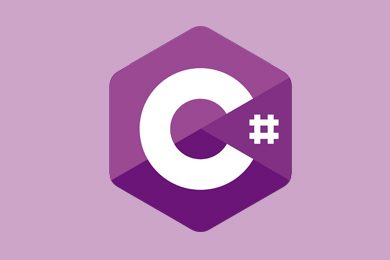
 Faisal Zamir
Faisal Zamir19 Lectures Beginner Level

 Faisal Zamir
Faisal Zamir23 Lectures Beginner Level
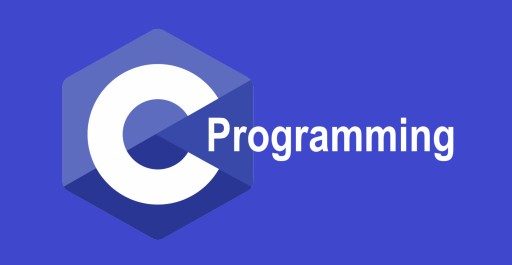
 Faisal Zamir
Faisal Zamir23 Lectures Beginner Level

 Arbaz Khan
Arbaz Khan51 Lectures Beginner Level
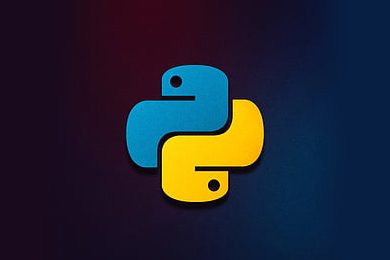
 Sanjeev Kumar Prajapati
Sanjeev Kumar Prajapati22 Lectures Beginner Level
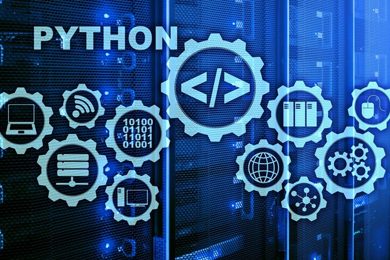
 Zeeshan Ahmad
Zeeshan Ahmad181 Lectures Beginner Level
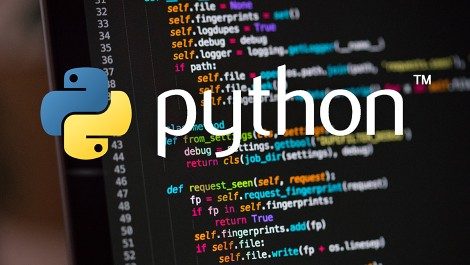
 RAGHAVENDRA SWAMY
RAGHAVENDRA SWAMY11 Lectures Beginner Level
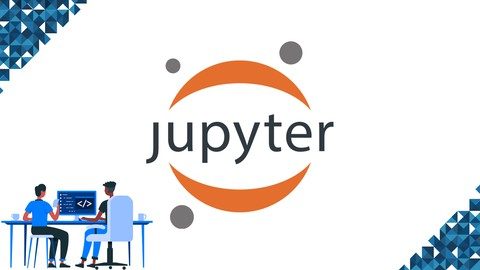
 Fahad Masood Reda
Fahad Masood Reda23 Lectures Beginner Level

 Data Science Lovers DSL
Data Science Lovers DSL22 Lectures Beginner Level
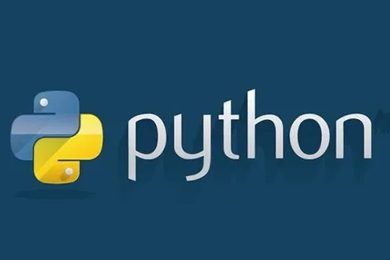
 Aditya Rajiv
Aditya Rajiv32 Lectures Beginner Level

 Faisal Zamir
Faisal Zamir119 Lectures Beginner Level

 Bazeer Ahamed Mohamed Nishad
Bazeer Ahamed Mohamed Nishad15 Lectures Beginner Level

 Sekhar Metla (Microsoft Certified Professional) Sudha
Sekhar Metla (Microsoft Certified Professional) Sudha38 Lectures Beginner Level
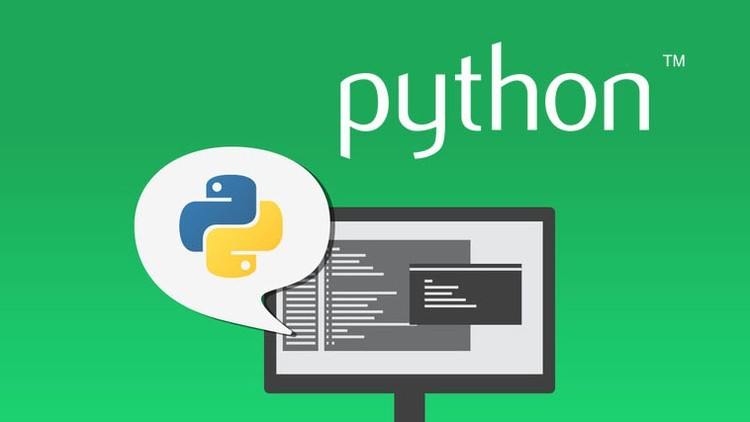
 Faisal Zamir
Faisal Zamir18 Lectures Beginner Level

 Faisal Zamir
Faisal Zamir27 Lectures Beginner Level
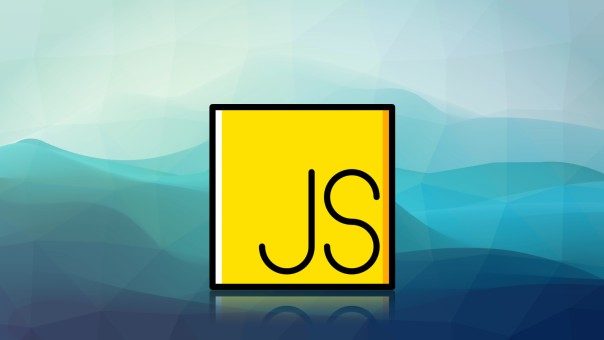
 Faisal Zamir
Faisal Zamir19 Lectures Beginner Level
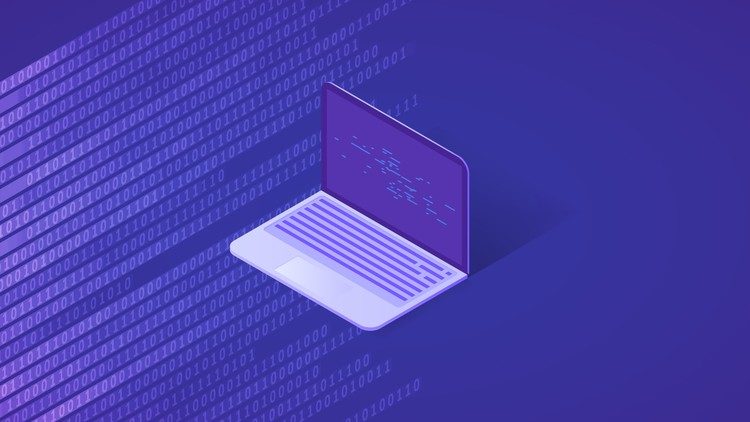
 Faisal Zamir
Faisal Zamir21 Lectures Beginner Level

 Aatul Palandurkar
Aatul Palandurkar 74 Lectures Beginner Level

 Bagban InfoTech
Bagban InfoTech29 Lectures Beginner Level
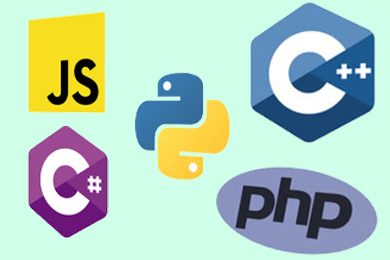
 Faisal Zamir
Faisal Zamir59 Lectures Beginner Level

 Gauttam SK
Gauttam SK25 Lectures Beginner Level
.jpg)
 Data Science Lovers DSL
Data Science Lovers DSL40 Lectures Beginner Level

 Parminder Patial
Parminder Patial317 Lectures Beginner Level
.jpg)
 ashutosh kumar
ashutosh kumar24 Lectures Beginner Level
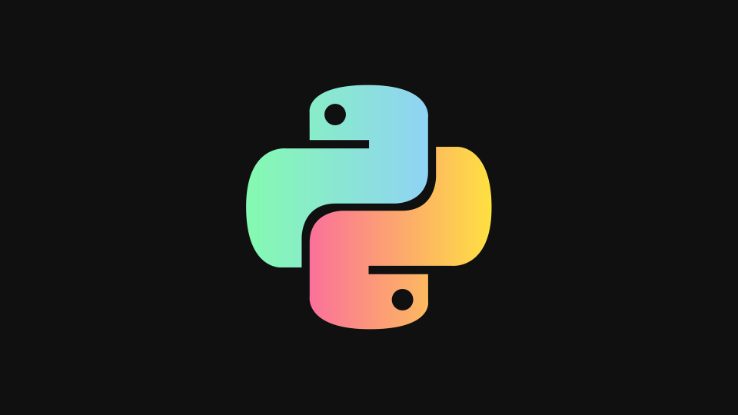
 Shivek Maharaj
Shivek Maharaj14 Lectures Beginner Level
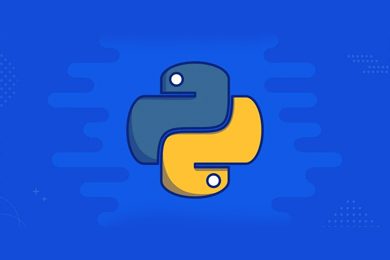
 Awoke Zemenu Getahun
Awoke Zemenu Getahun22 Lectures Beginner Level

 Data Science Lovers DSL
Data Science Lovers DSL16 Lectures Beginner Level
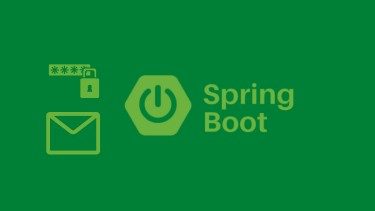
 Ali Bouali
Ali Bouali25 Lectures Beginner Level
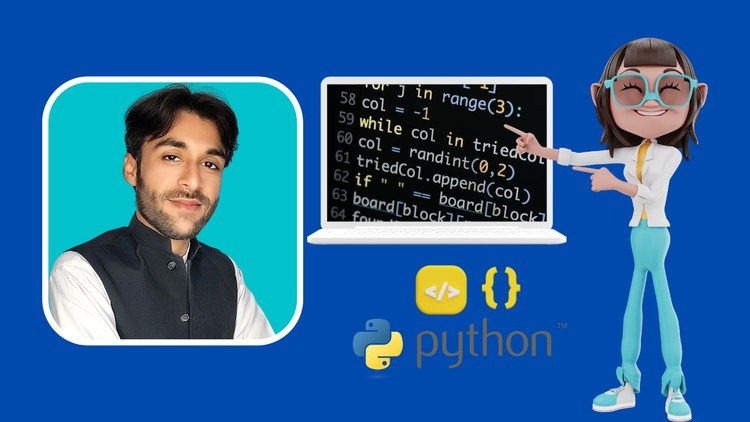
 Faisal Zamir
Faisal Zamir538 Lectures Beginner Level
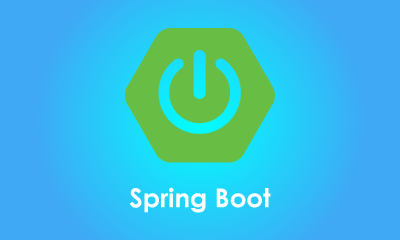
 Ali Bouali
Ali Bouali31 Lectures Beginner Level

 Ali Bouali
Ali Bouali35 Lectures Beginner Level
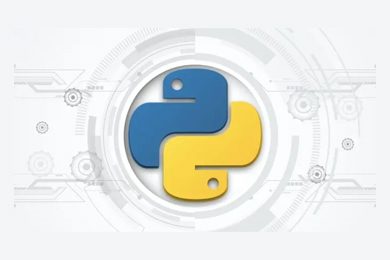
 Hassan Shoayb
Hassan Shoayb18 Lectures Beginner Level
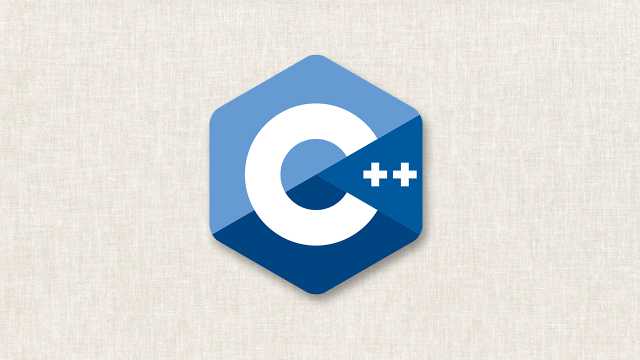
 Sekhar Metla (Microsoft Certified Professional) Sudha
Sekhar Metla (Microsoft Certified Professional) Sudha61 Lectures Beginner Level
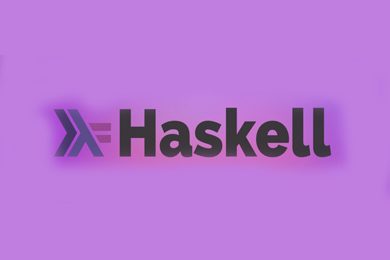
 Lucas Bazilio
Lucas Bazilio18 Lectures Beginner Level
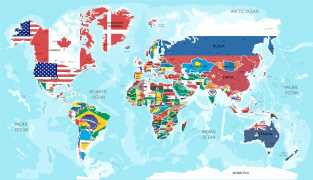
 Edwin Bomela
Edwin Bomela28 Lectures Beginner Level

 Sekhar Metla (Microsoft Certified Professional) Sudha
Sekhar Metla (Microsoft Certified Professional) Sudha76 Lectures Beginner Level
.jpg)
 Faisal Zamir
Faisal Zamir104 Lectures Beginner Level
.jpg)
 Faisal Zamir
Faisal Zamir103 Lectures Beginner Level
.jpg)
 Faisal Zamir
Faisal Zamir103 Lectures Beginner Level
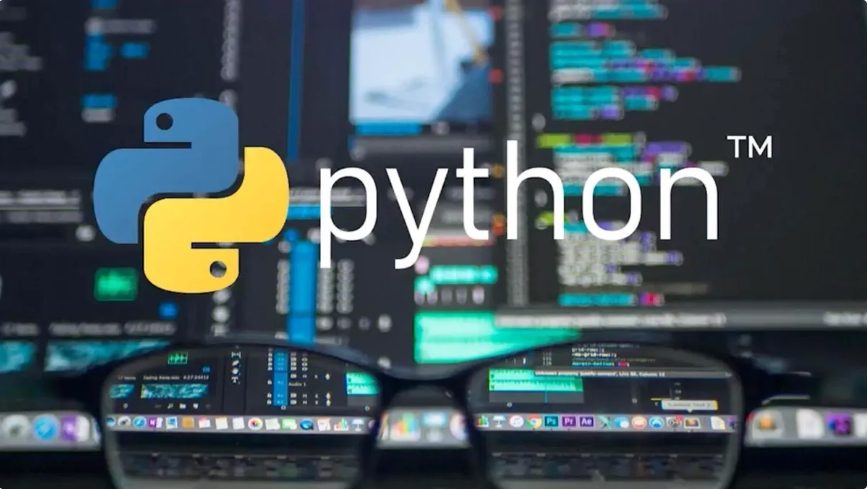
 Faisal Zamir
Faisal Zamir61 Lectures Beginner Level
.jpg)
 Edwin Bomela
Edwin Bomela21 Lectures Beginner Level
.jpg)
 Jobshie Academy
Jobshie Academy13 Lectures Beginner Level
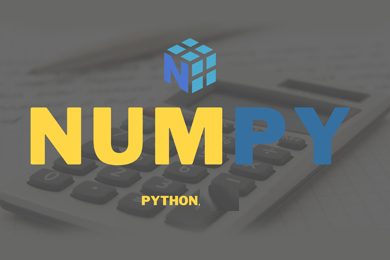
 Jobshie Academy
Jobshie Academy11 Lectures Beginner Level
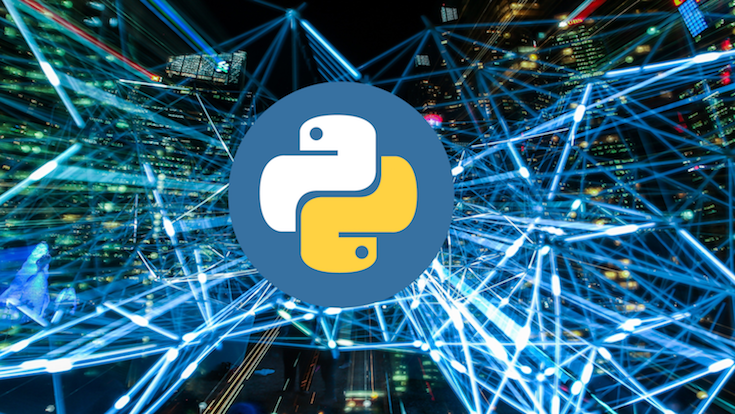
 Fanuel Mapuwei
Fanuel Mapuwei49 Lectures Beginner Level
.jpg)
 Vikram Singh
Vikram Singh172 Lectures Beginner Level
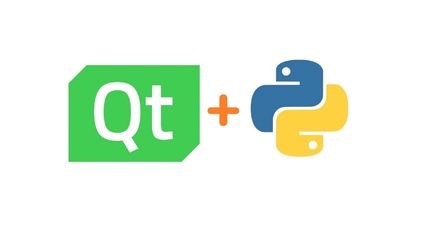
 Parwiz Forogh
Parwiz Forogh48 Lectures Beginner Level

 Sekhar Metla (Microsoft Certified Professional) Sudha
Sekhar Metla (Microsoft Certified Professional) Sudha159 Lectures Beginner Level

 Sekhar Metla (Microsoft Certified Professional) Sudha
Sekhar Metla (Microsoft Certified Professional) Sudha129 Lectures Beginner Level

 Satyajit Pattnaik
Satyajit Pattnaik20 Lectures Beginner Level
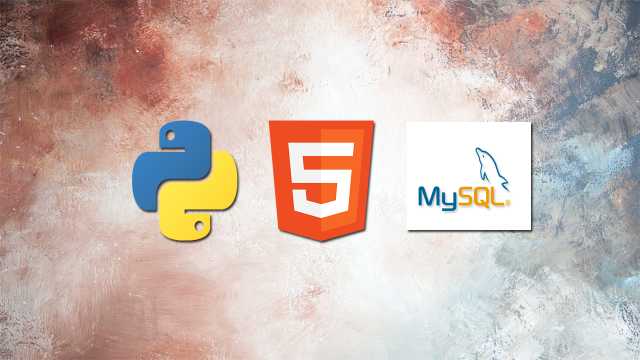
 Sekhar Metla (Microsoft Certified Professional) Sudha
Sekhar Metla (Microsoft Certified Professional) Sudha153 Lectures Beginner Level
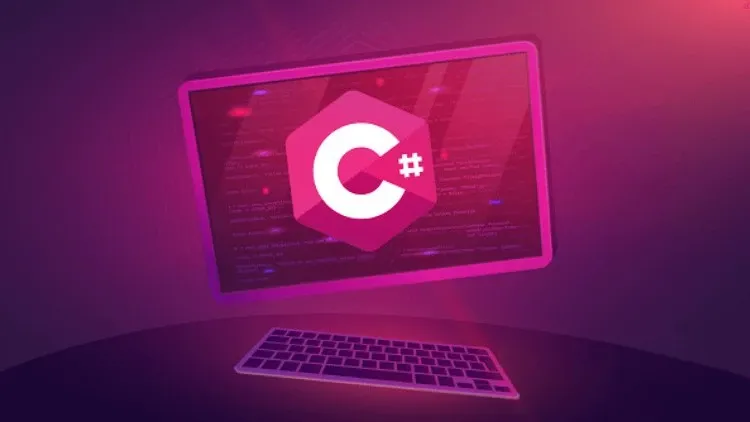
 Munesh Sharma
Munesh Sharma10 Lectures Beginner Level
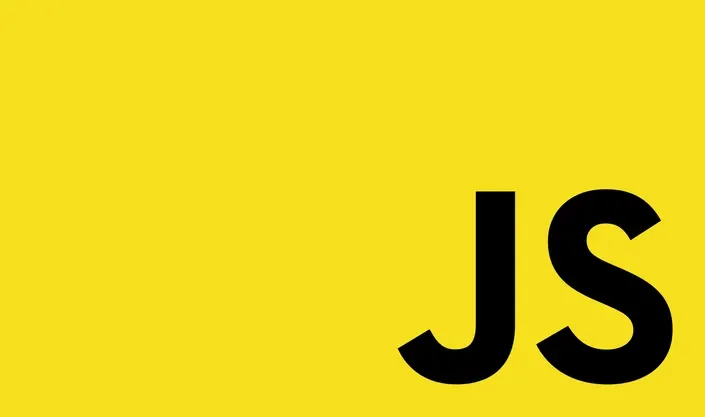
 Faisal Zamir
Faisal Zamir103 Lectures Beginner Level
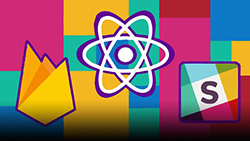
 Parwiz Forogh
Parwiz Forogh30 Lectures Beginner Level
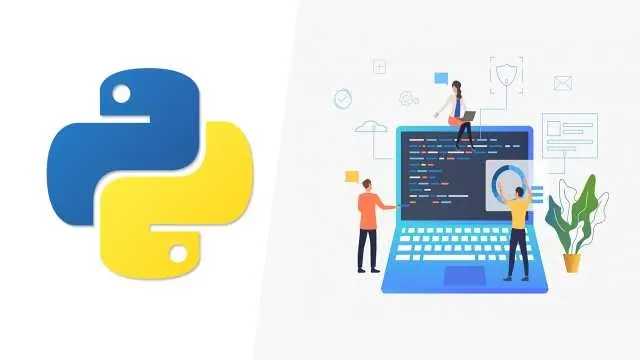
 Sekhar Metla (Microsoft Certified Professional) Sudha
Sekhar Metla (Microsoft Certified Professional) Sudha61 Lectures Beginner Level

 Shouke Wei, Ph.D.
Shouke Wei, Ph.D.30 Lectures Beginner Level
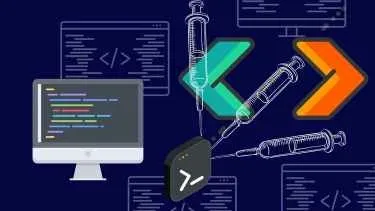
 Lemuel Ogbunude
Lemuel Ogbunude 27 Lectures Beginner Level
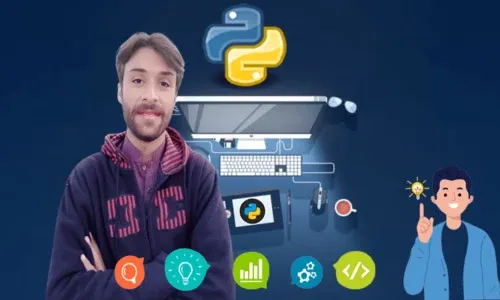
 Faisal Zamir
Faisal Zamir102 Lectures Beginner Level

 Lemuel Ogbunude
Lemuel Ogbunude 73 Lectures Beginner Level
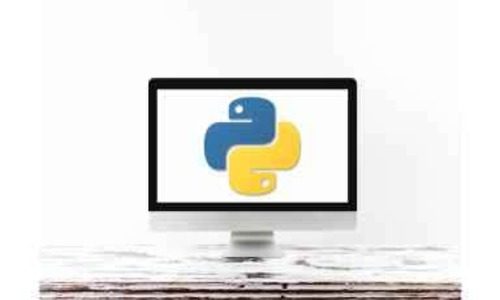
 Sekhar Metla (Microsoft Certified Professional) Sudha
Sekhar Metla (Microsoft Certified Professional) Sudha114 Lectures Beginner Level
.jpg)
 Lemuel Ogbunude
Lemuel Ogbunude 88 Lectures Beginner Level

 Sekhar Metla (Microsoft Certified Professional) Sudha
Sekhar Metla (Microsoft Certified Professional) Sudha55 Lectures Beginner Level
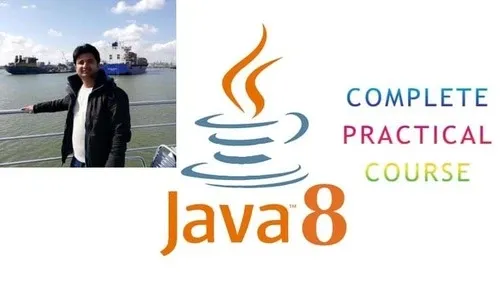
 Ranjan Pandey
Ranjan Pandey29 Lectures Beginner Level
.jpg)
 Theodore Petrou
Theodore Petrou57 Lectures Beginner Level
.jpg)
 Chikanma Chika-Onuegbu
Chikanma Chika-Onuegbu 79 Lectures Beginner Level
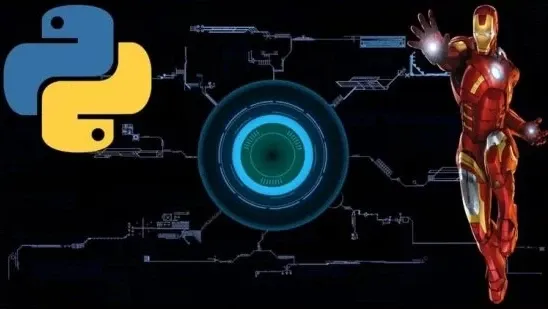
 Arbaz Khan
Arbaz Khan33 Lectures Beginner Level

 Arbaz Khan
Arbaz Khan20 Lectures Beginner Level

 Code Warriors
Code Warriors20 Lectures Beginner Level
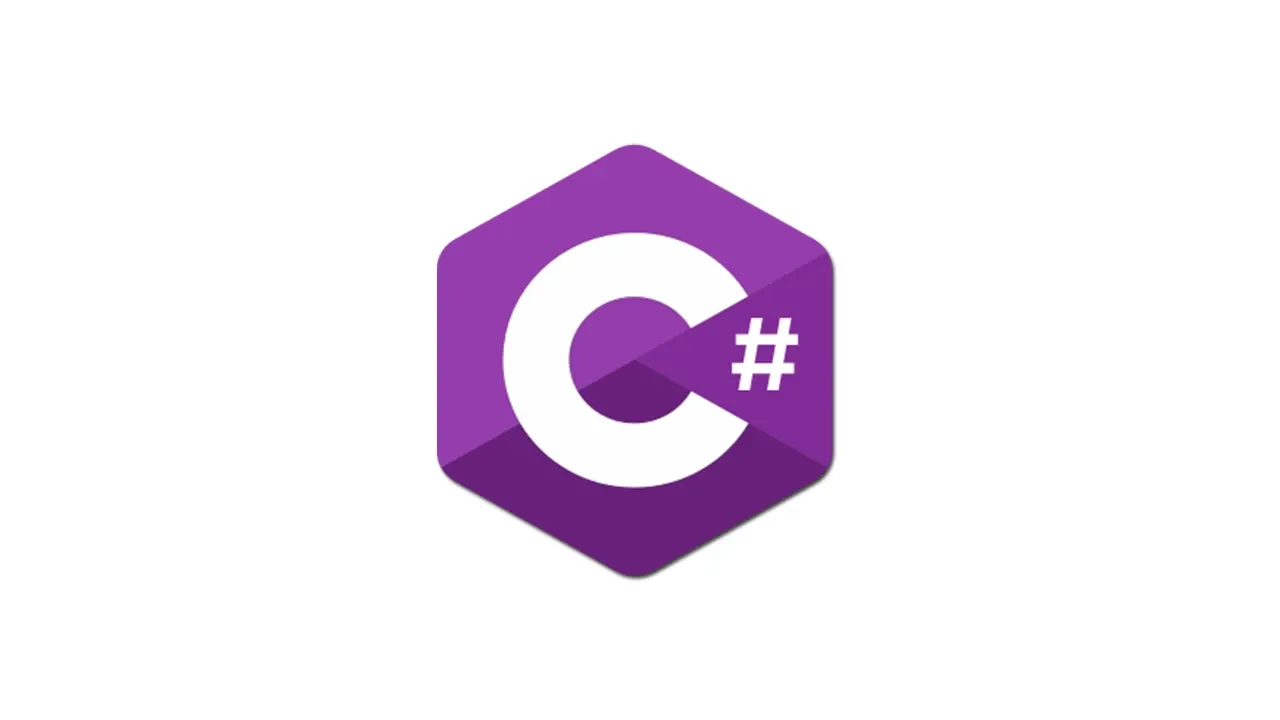
 Sekhar Metla (Microsoft Certified Professional) Sudha
Sekhar Metla (Microsoft Certified Professional) Sudha60 Lectures Beginner Level
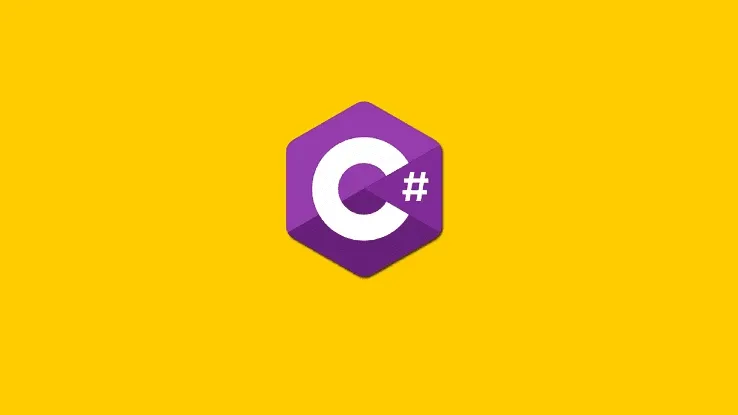
 Sekhar Metla (Microsoft Certified Professional) Sudha
Sekhar Metla (Microsoft Certified Professional) Sudha85 Lectures Beginner Level

 Sujith Kumar M A
Sujith Kumar M A8 Lectures Beginner Level

 Takuma Kimura
Takuma Kimura23 Lectures Beginner Level
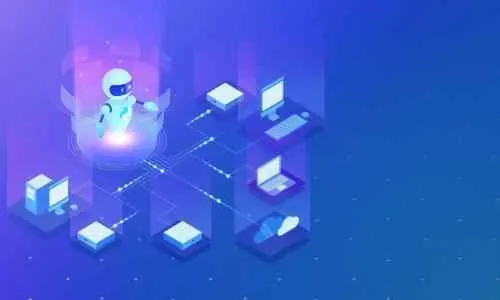
 Yaswanth Sai Palaghat
Yaswanth Sai Palaghat15 Lectures Beginner Level

 Yaswanth Sai Palaghat
Yaswanth Sai Palaghat13 Lectures Beginner Level
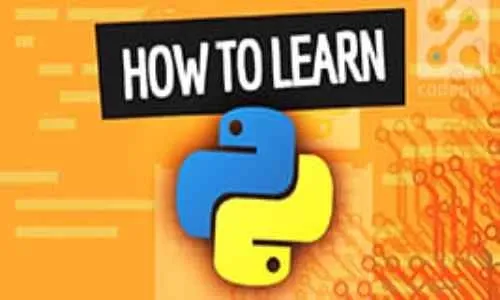
 Yaswanth Sai Palaghat
Yaswanth Sai Palaghat38 Lectures Beginner Level

 Yaswanth Sai Palaghat
Yaswanth Sai Palaghat53 Lectures Beginner Level
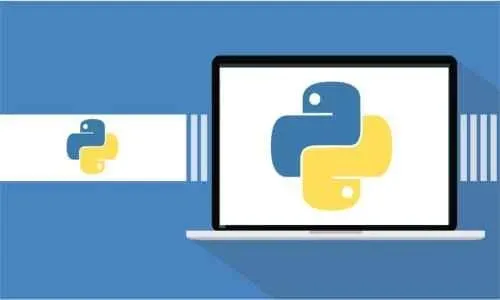
 Juan Galvan
Juan Galvan117 Lectures Beginner Level

 Barbora Stetinova
Barbora Stetinova44 Lectures Beginner Level

 Michael McGuire
Michael McGuire 67 Lectures Beginner Level
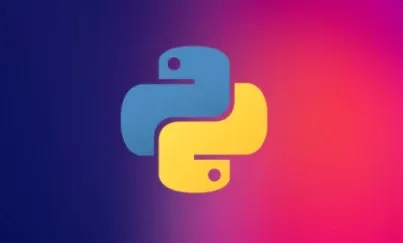
 Handson Courses
Handson Courses53 Lectures Beginner Level
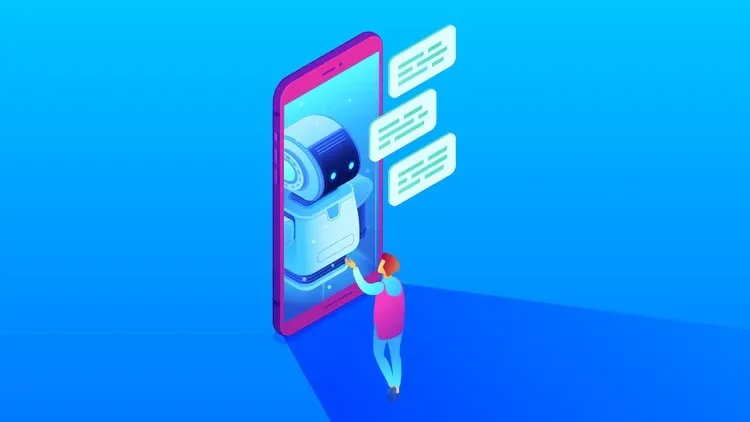
 Mustafa Alawi
Mustafa Alawi30 Lectures Beginner Level
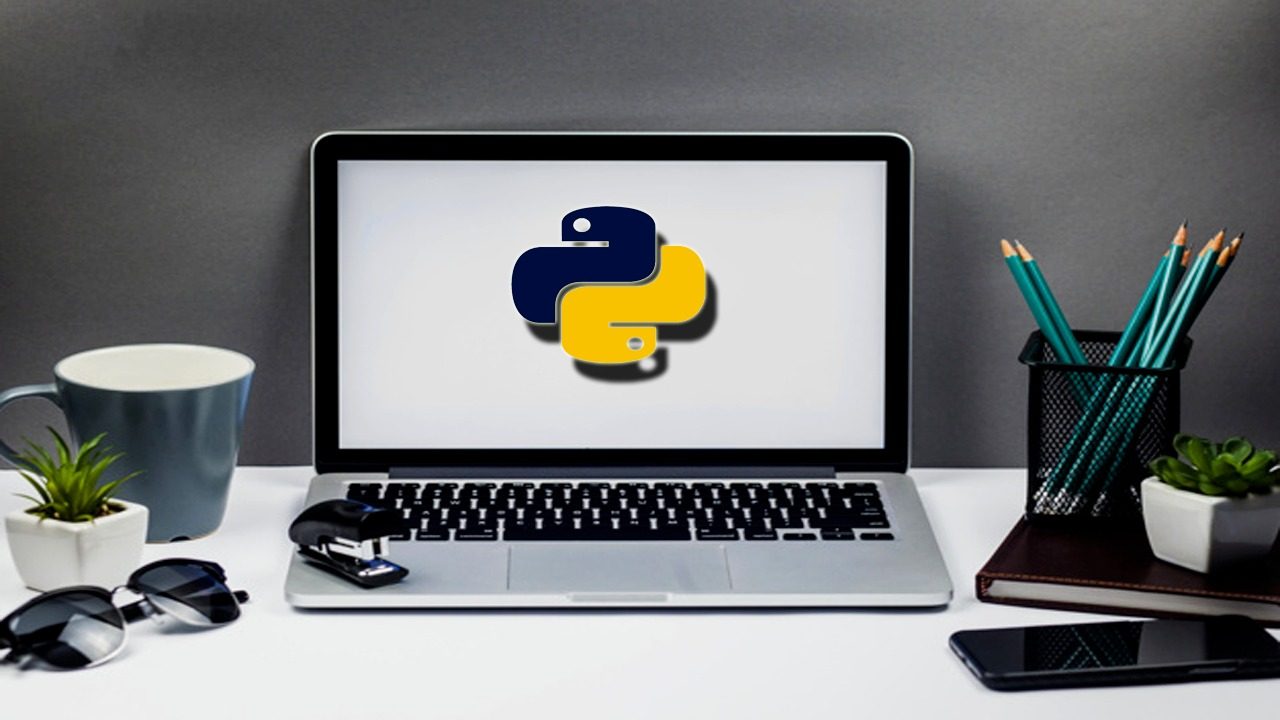
 Sekhar Metla (Microsoft Certified Professional) Sudha
Sekhar Metla (Microsoft Certified Professional) Sudha61 Lectures Beginner Level

 Mustafa Alawi
Mustafa Alawi29 Lectures Beginner Level

 Mustafa Alawi
Mustafa Alawi32 Lectures Beginner Level
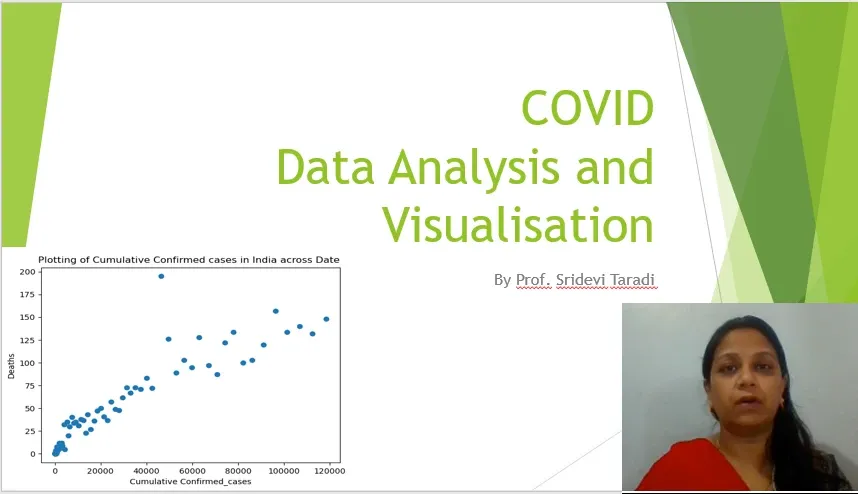
 Sridevi Taradi
Sridevi Taradi17 Lectures Beginner Level
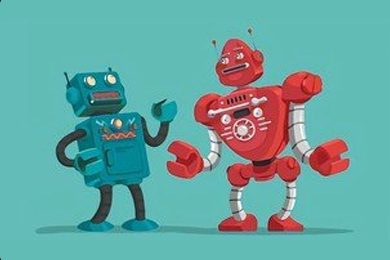
 Tim Grossmann
Tim Grossmann43 Lectures Beginner Level

 Kamrul Chowdhury
Kamrul Chowdhury14 Lectures Beginner Level

 Amoh-Gyebi Ampofo
Amoh-Gyebi Ampofo 94 Lectures Beginner Level
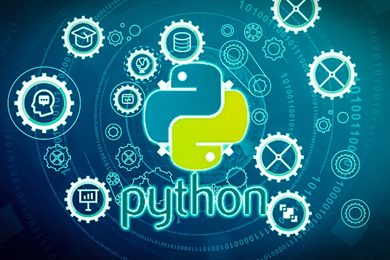
 Dr. Madhavi Vaidya
Dr. Madhavi Vaidya52 Lectures Beginner Level
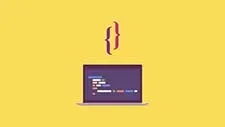
 Joseph Delgadillo
Joseph Delgadillo146 Lectures Beginner Level
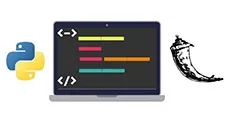
 Jack Chan
Jack Chan21 Lectures Beginner Level

 Joseph Delgadillo
Joseph Delgadillo78 Lectures Beginner Level
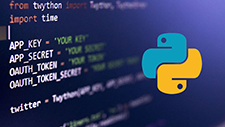
 Jack Chan
Jack Chan34 Lectures Beginner Level
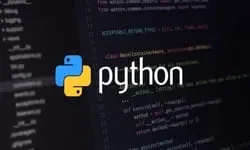
 Jack Chan
Jack Chan43 Lectures Beginner Level

 Arun Ammasai
Arun Ammasai 34 Lectures Beginner Level

 Arun Ammasai
Arun Ammasai 72 Lectures Beginner Level

 Tamer Ahmed Temotec Learning Academy
Tamer Ahmed Temotec Learning Academy35 Lectures Beginner Level

 Abhilash Nelson
Abhilash Nelson63 Lectures Beginner Level
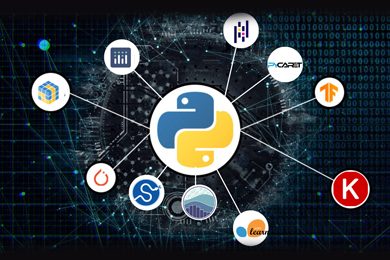
 Abhilash Nelson
Abhilash Nelson61 Lectures Beginner Level

 Kaushik Roy Chowdhury
Kaushik Roy Chowdhury57 Lectures Beginner Level
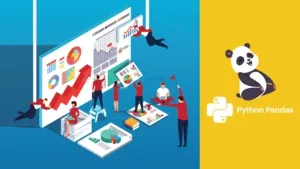
 Tony Staunton
Tony Staunton32 Lectures Beginner Level
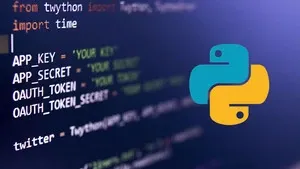
 Evaldo Wolkers
Evaldo Wolkers25 Lectures Beginner Level

 Vinita Silaparasetty
Vinita Silaparasetty12 Lectures Beginner Level
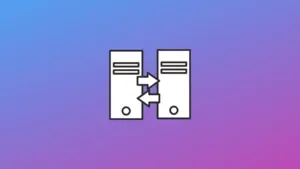
 taurius litvinavicius
taurius litvinavicius13 Lectures Beginner Level
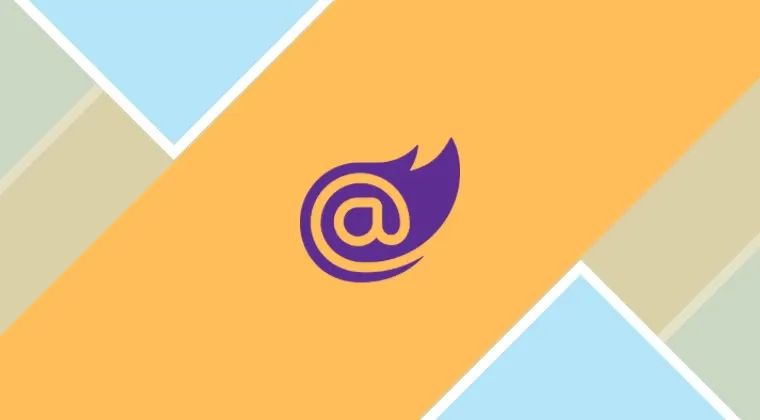
 taurius litvinavicius
taurius litvinavicius12 Lectures Beginner Level

 Naourass El khaloui
Naourass El khaloui6 Lectures Beginner Level

 Harsh Kajla
Harsh Kajla38 Lectures Beginner Level

 Lorenz De Smedt
Lorenz De Smedt19 Lectures Beginner Level
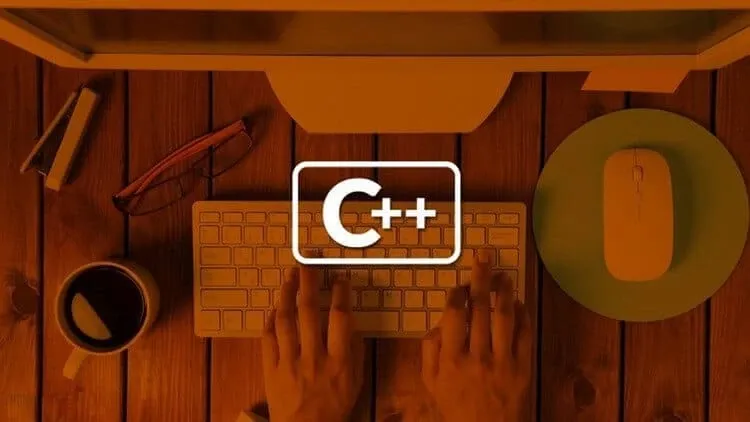
 Abhishek Kumar
Abhishek Kumar 16 Lectures Beginner Level
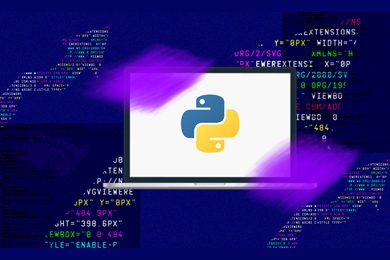
 Amit Rana
Amit Rana 65 Lectures Beginner Level

 haider imtiaz
haider imtiaz30 Lectures Beginner Level

 mahmoud ahmed
mahmoud ahmed18 Lectures Beginner Level

 Ranga Rao
Ranga Rao127 Lectures Beginner Level

 Ranga Rao
Ranga Rao14 Lectures Beginner Level

 Ranga Rao
Ranga Rao151 Lectures Beginner Level
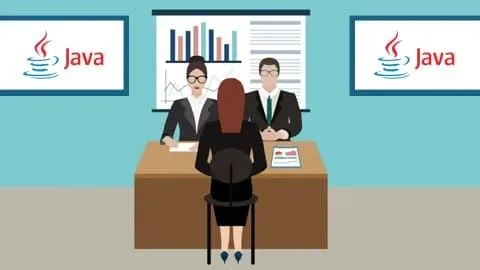
 Ranga Rao
Ranga Rao54 Lectures Beginner Level

 Ranga Rao
Ranga Rao290 Lectures Beginner Level

 Radim Motycka
Radim Motycka22 Lectures Beginner Level

 Rahul Tiwari
Rahul Tiwari20 Lectures Beginner Level

 taurius litvinavicius
taurius litvinavicius18 Lectures Beginner Level
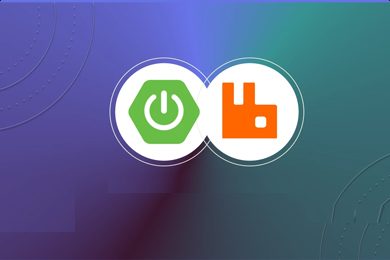
 Niyazi Erdogan
Niyazi Erdogan36 Lectures Beginner Level
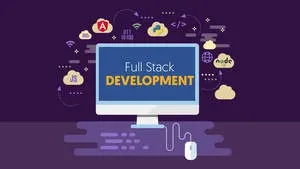
 Ion Cosmin Grigore
Ion Cosmin Grigore62 Lectures Beginner Level

 Leon Skinner
Leon Skinner26 Lectures Beginner Level
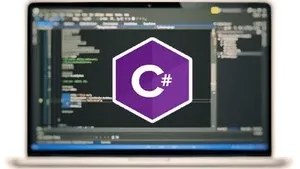
 Vahid Cheshmi
Vahid Cheshmi7 Lectures Beginner Level

 Rakesh P
Rakesh P27 Lectures Beginner Level

 Rakesh P
Rakesh P114 Lectures Beginner Level

 Manish Kumar
Manish Kumar53 Lectures Beginner Level

 Purna Chandra Vidya Sagar Uppuluri
Purna Chandra Vidya Sagar Uppuluri11 Lectures Beginner Level

 Saheb Singh chaddha
Saheb Singh chaddha21 Lectures Beginner Level
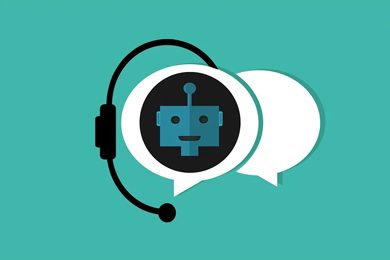
 Saheb Singh chaddha
Saheb Singh chaddha9 Lectures Beginner Level
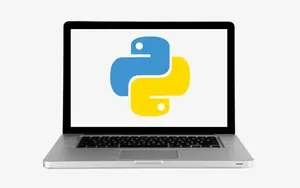
 Vijay Gadhave
Vijay Gadhave39 Lectures Beginner Level
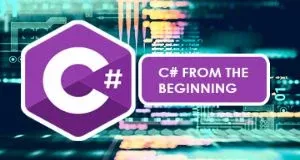
 Igor Evdokimov
Igor Evdokimov31 Lectures Beginner Level
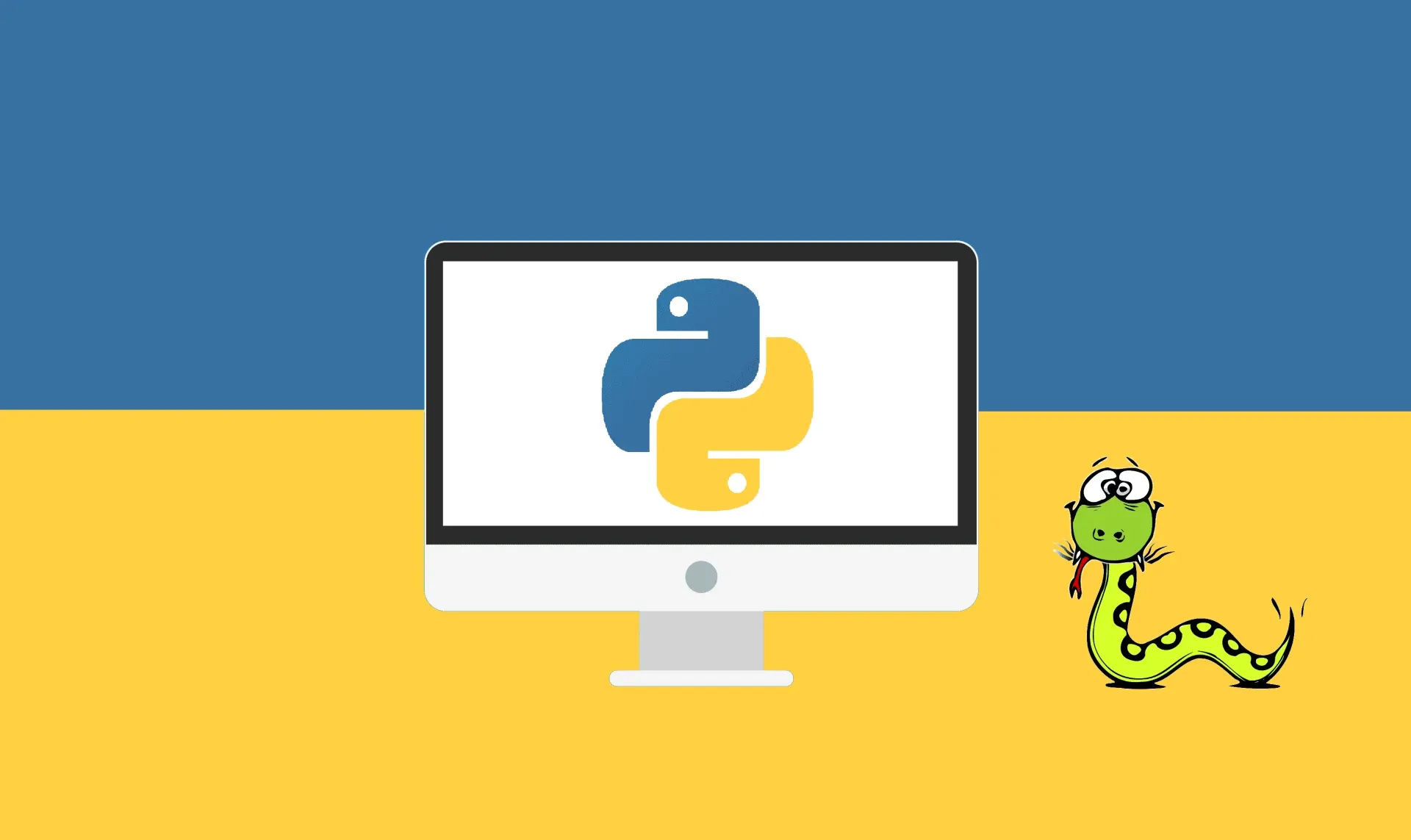
 Paul Carlo Tordecilla
Paul Carlo Tordecilla91 Lectures Beginner Level

 Devansh
Devansh 27 Lectures Beginner Level

 Harshit Srivastava
Harshit Srivastava6 Lectures Beginner Level

 Pranjal Srivastava
Pranjal Srivastava35 Lectures Beginner Level

 UNP United Network of Professionals
UNP United Network of Professionals51 Lectures Beginner Level
Object-Oriented Programming (OOP) is a programming paradigm that organizes code around the concept of objects, which are instances of classes. It emphasizes the encapsulation of data and behavior, inheritance for code reuse, and polymorphism for flexibility in handling different object types.
Using Object-Oriented Programming is advantageous for creating modular, reusable, and maintainable code. It provides a natural way to model and structure complex systems, promotes code organization, and enhances code readability. OOP also supports concepts like abstraction and encapsulation, which contribute to software design flexibility.
Object-Oriented Programming works by defining classes that encapsulate data and methods. Objects are instances of these classes, allowing for the creation of modular and reusable components. OOP principles include encapsulation, inheritance, and polymorphism, providing a framework for building modular and extensible software.
Key elements in Object-Oriented Programming include classes and objects, which encapsulate data and behavior, inheritance for sharing code between classes, polymorphism for flexibility in handling objects, and encapsulation for data hiding and abstraction. Concepts like interfaces and abstract classes contribute to designing flexible and extensible systems.
Yes, Object-Oriented Programming is accessible to programmers of various levels of experience. It provides a structured and intuitive way of thinking about and organizing code. Beginners can start with basic concepts like classes and objects, while more advanced developers can explore design patterns, SOLID principles, and other advanced OOP techniques. OOP is a widely adopted paradigm in many programming languages, including Java, C++, Python, and more.





